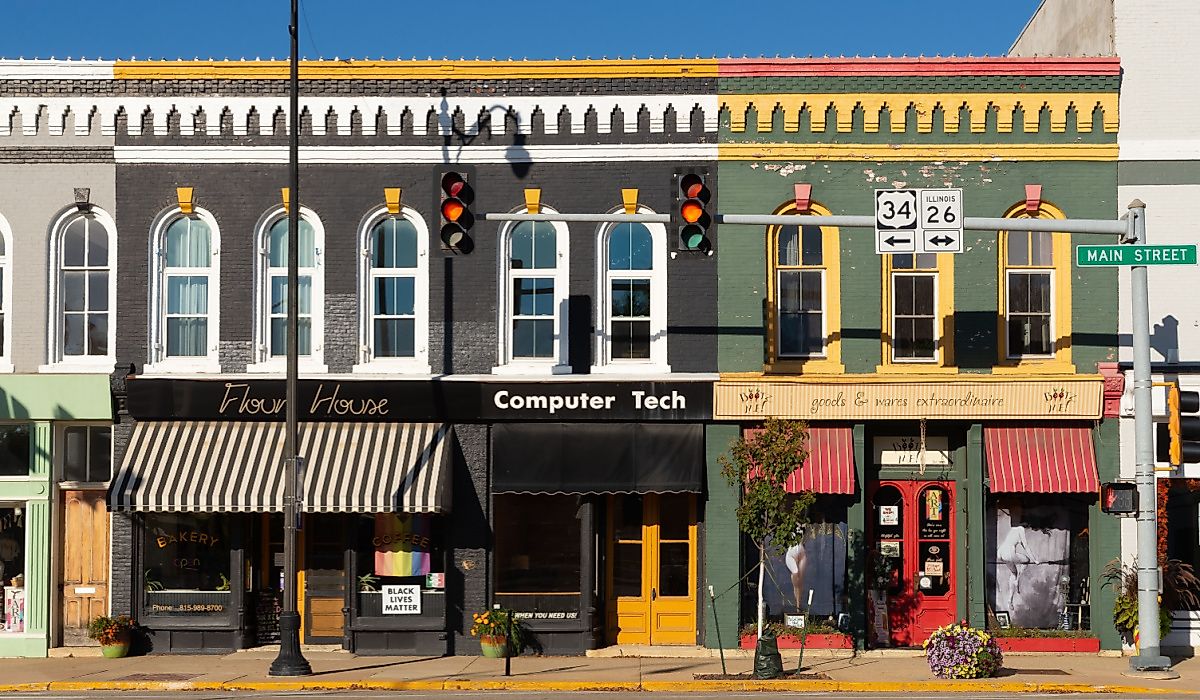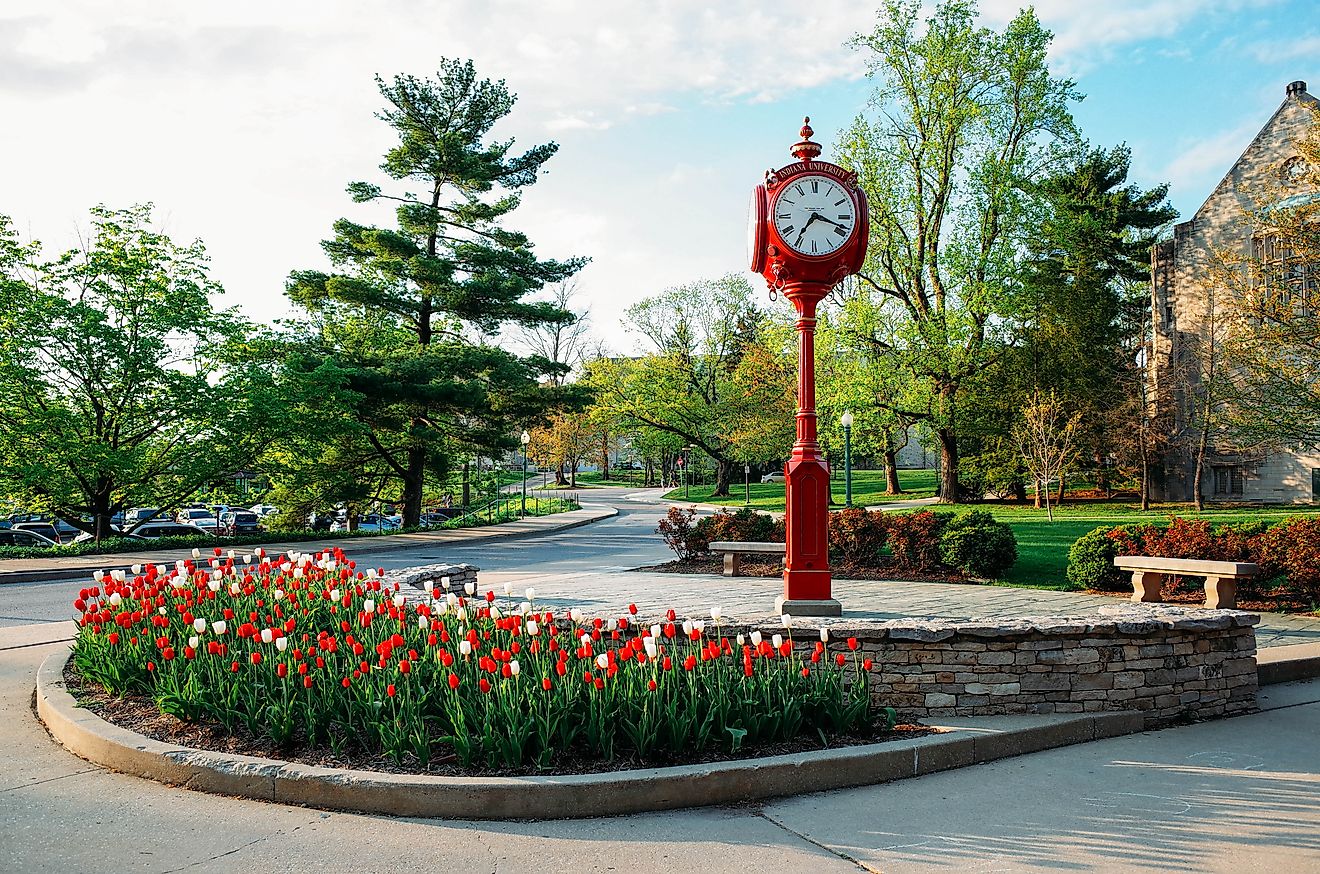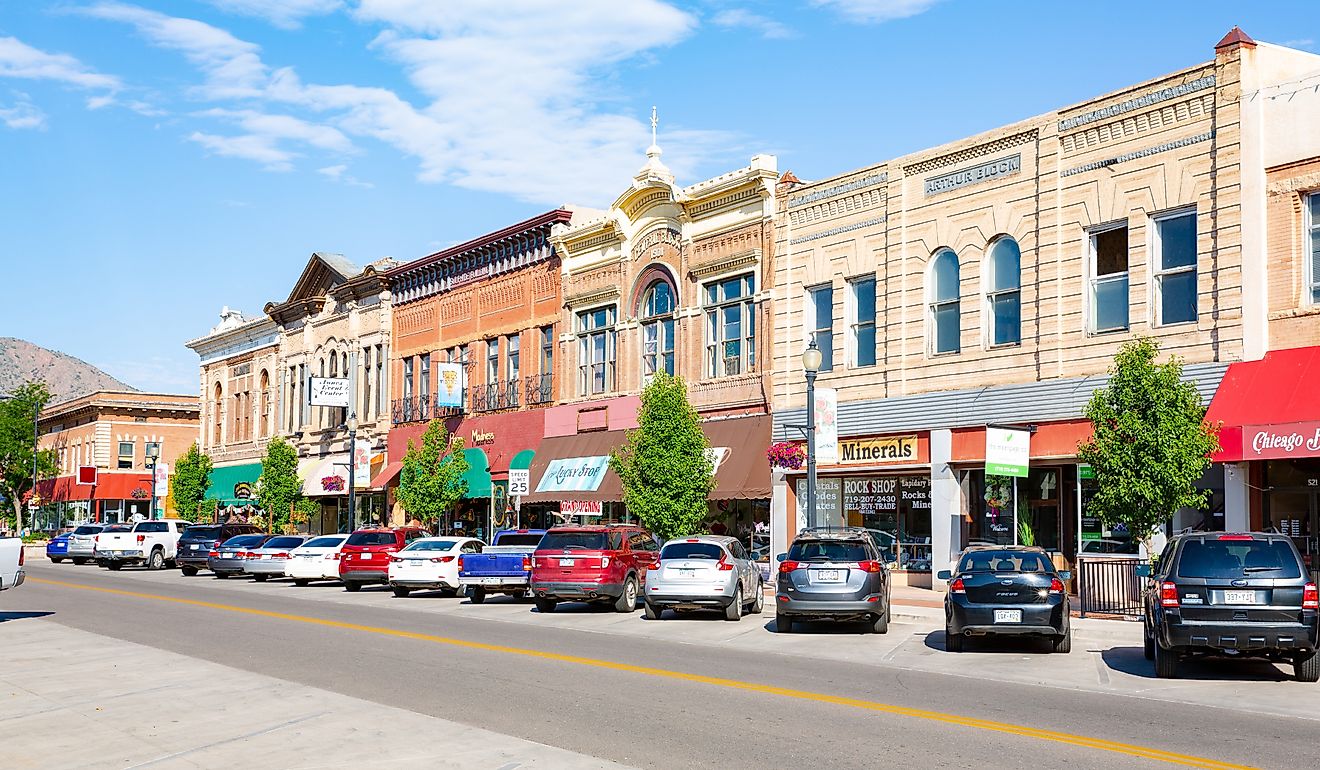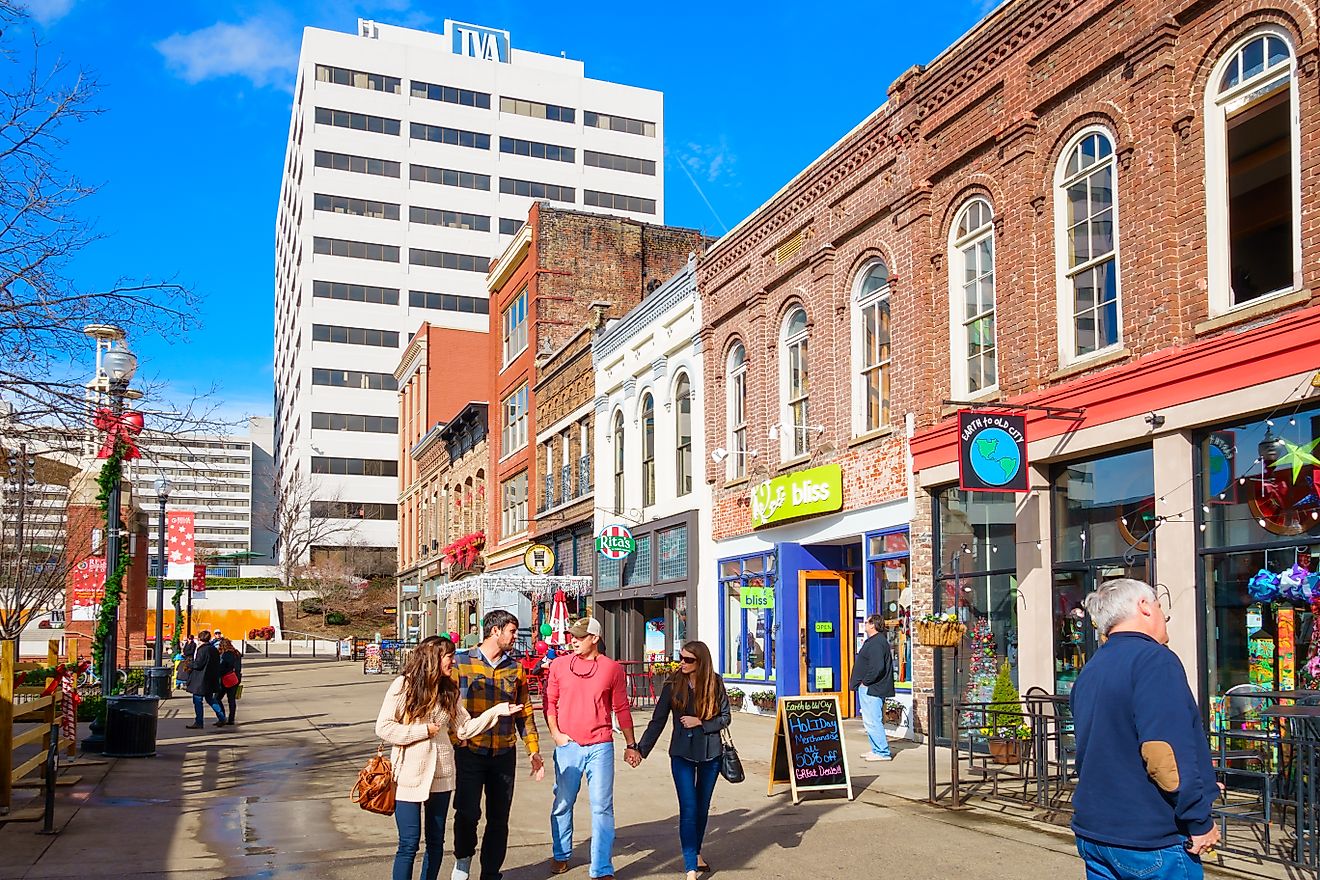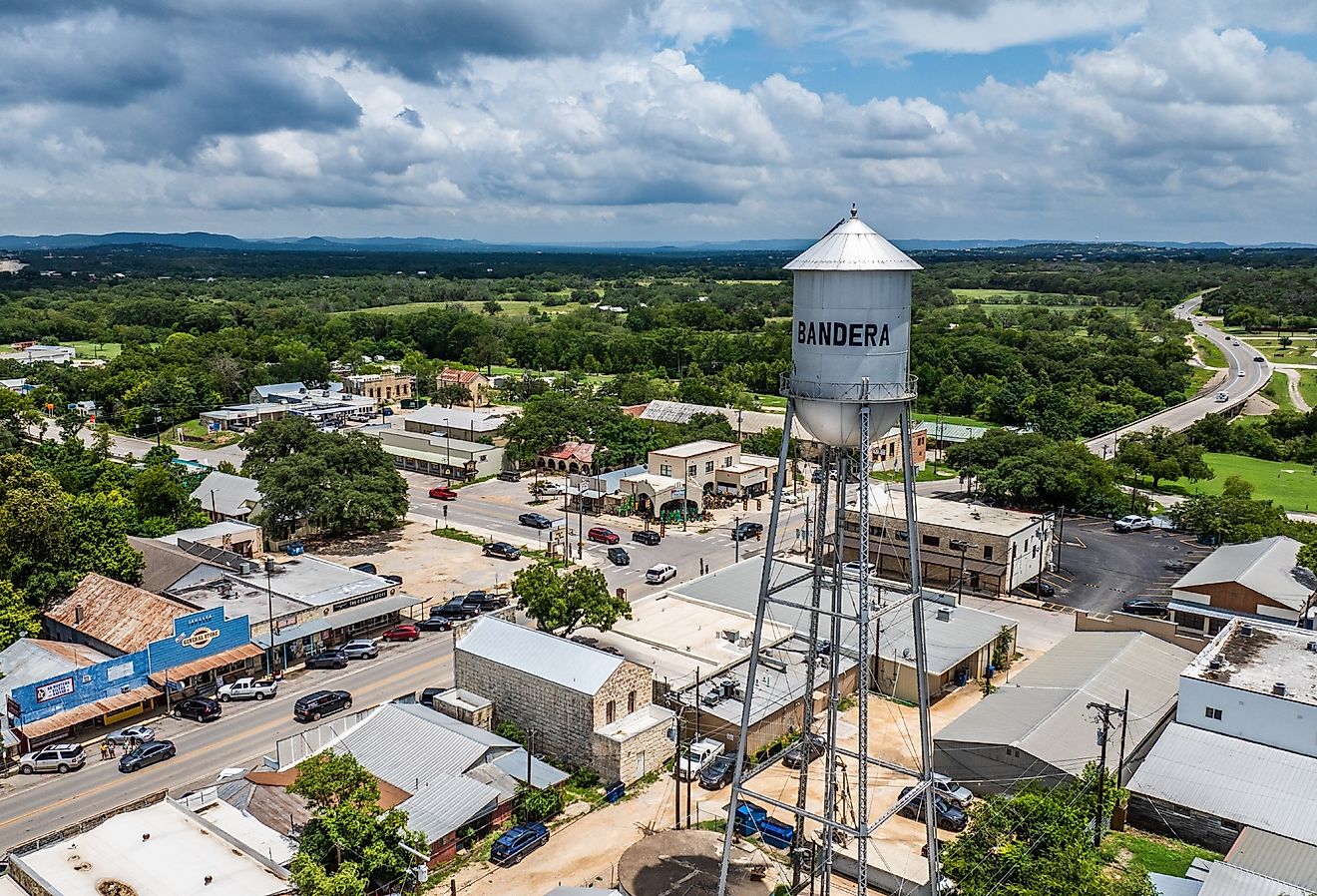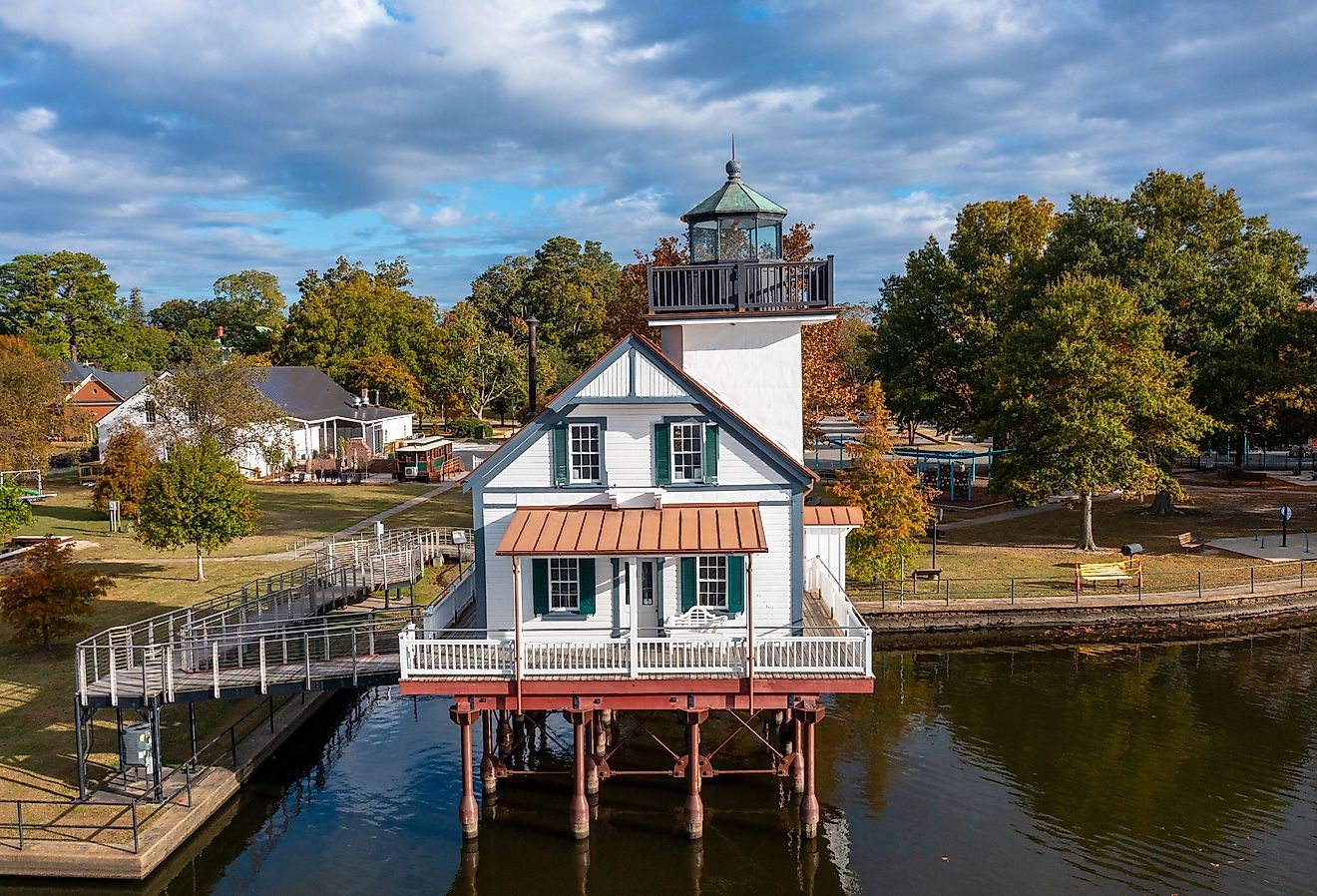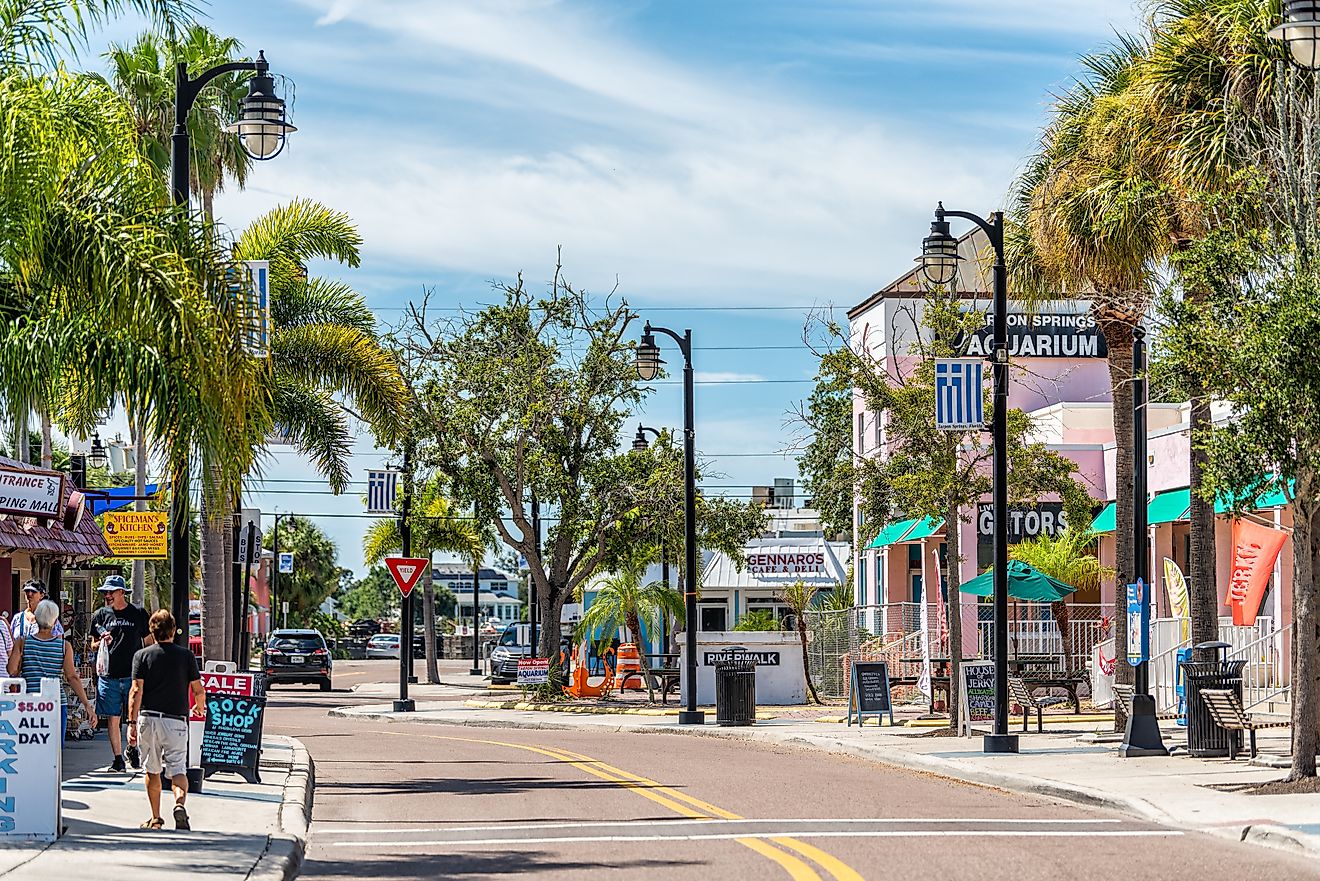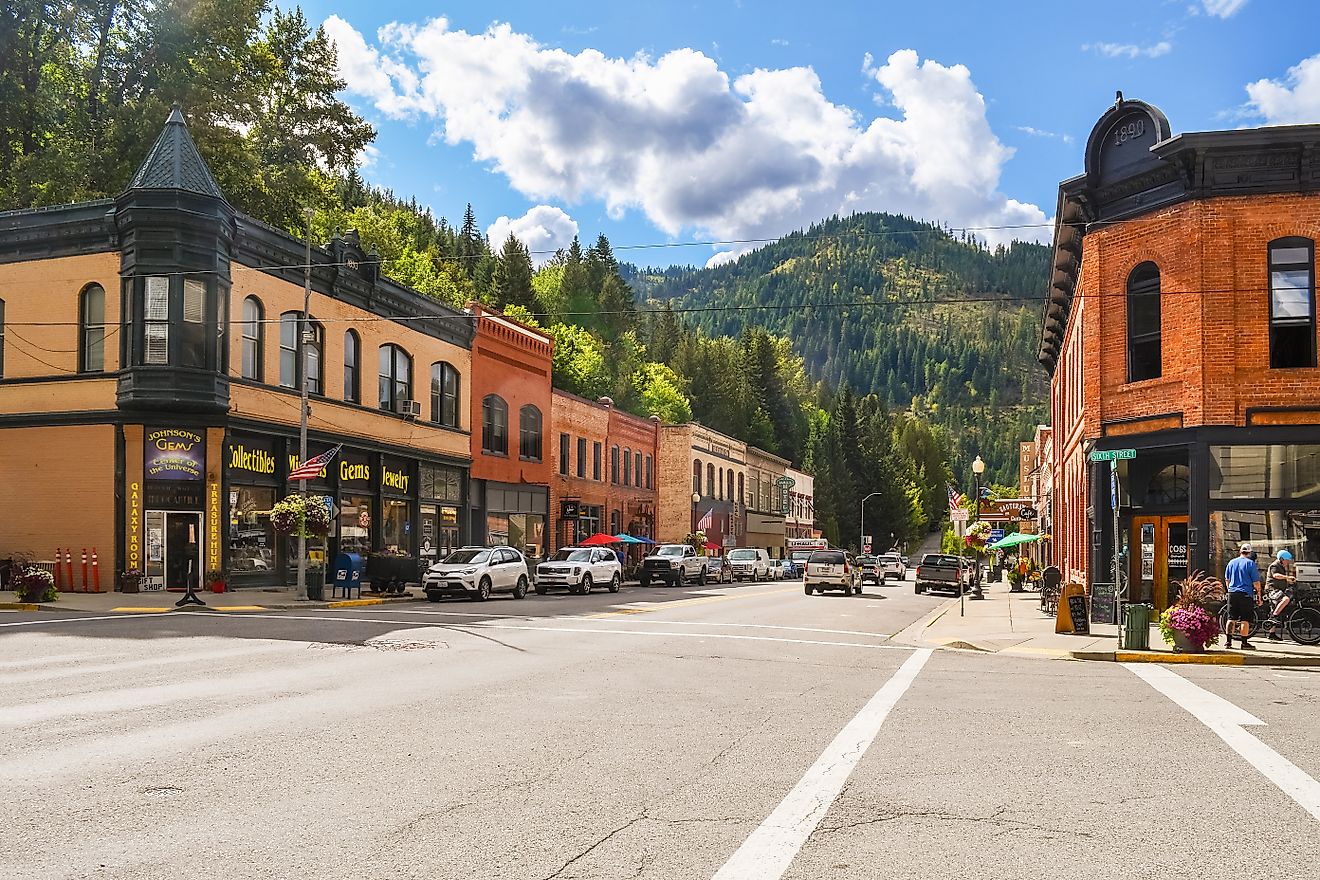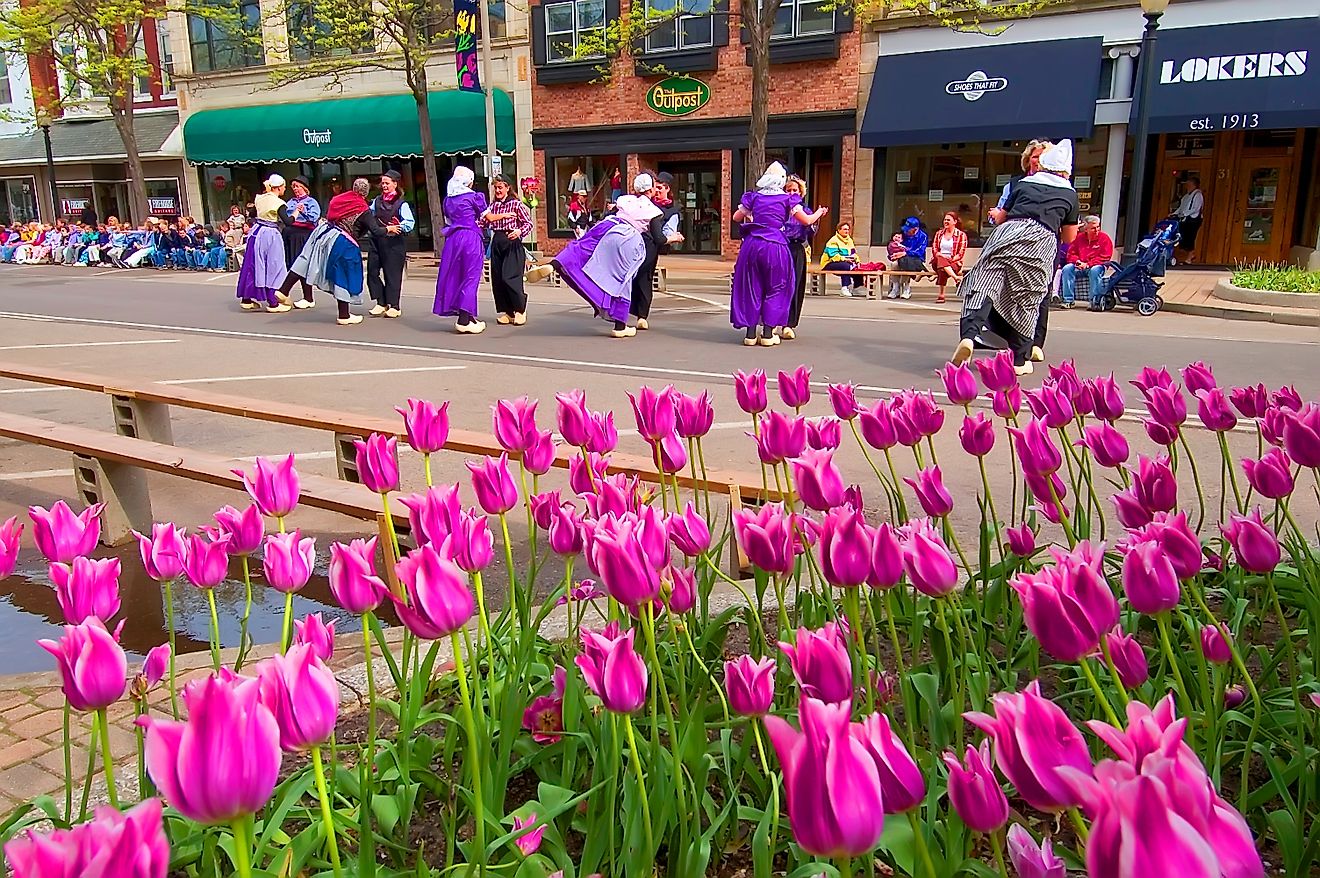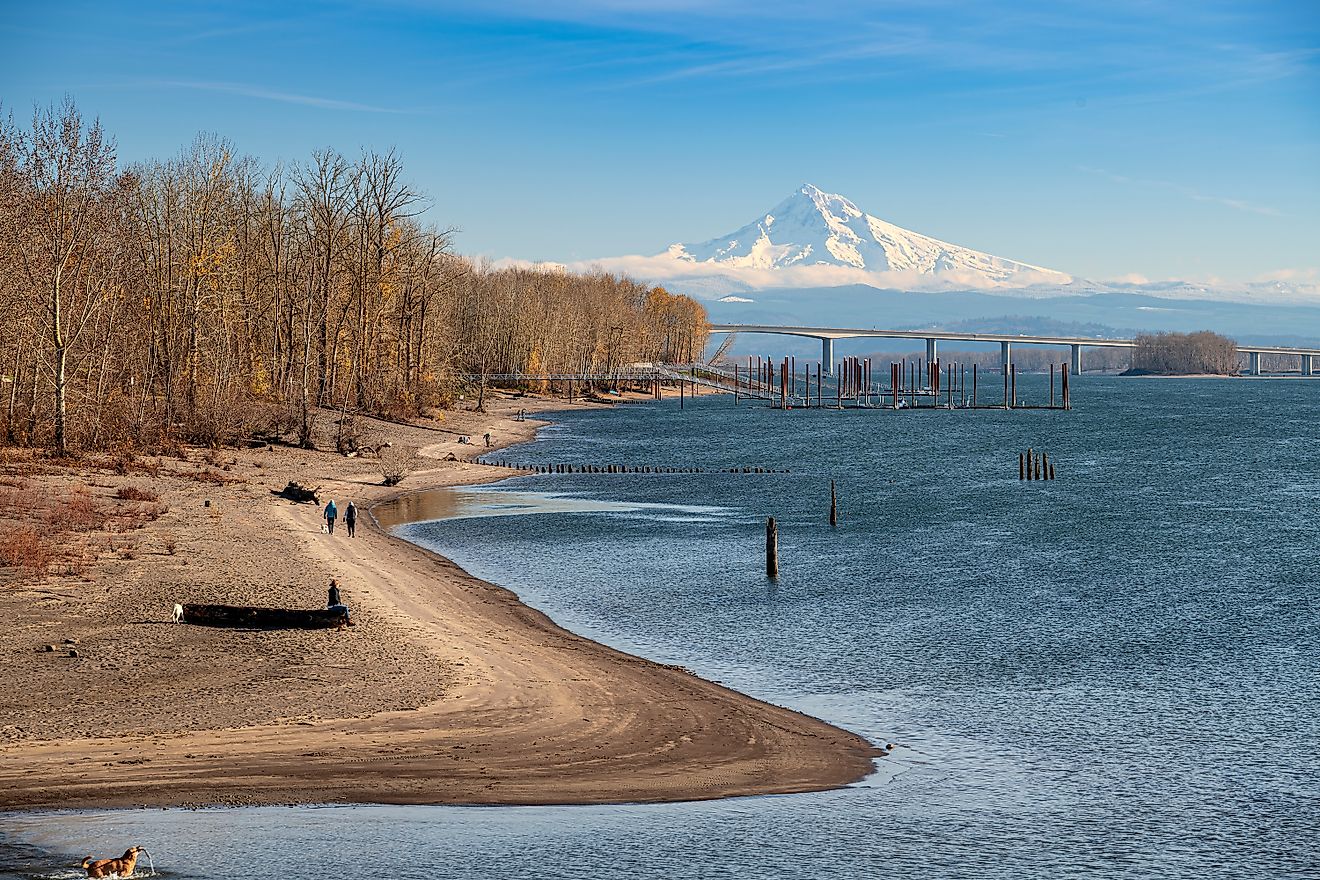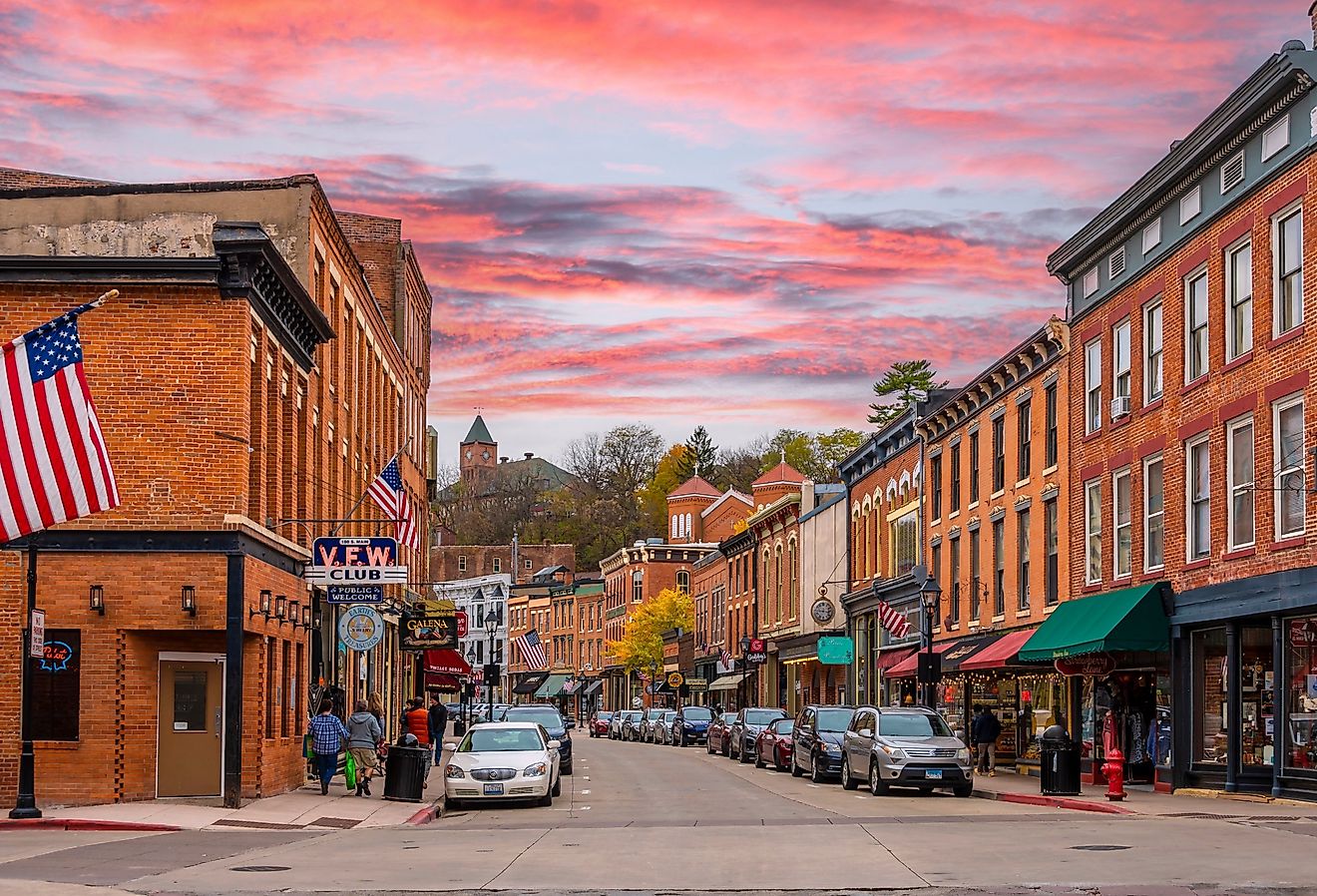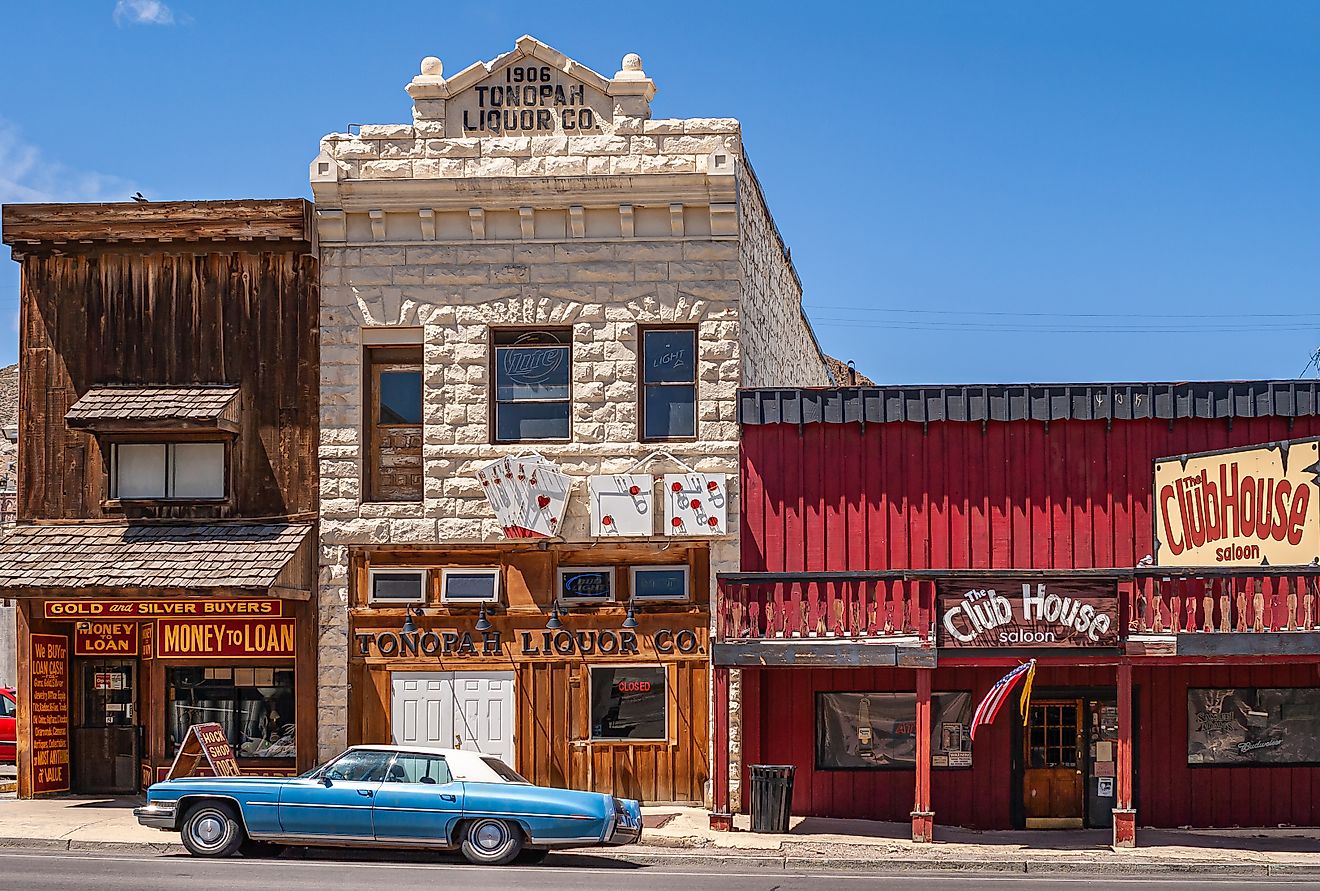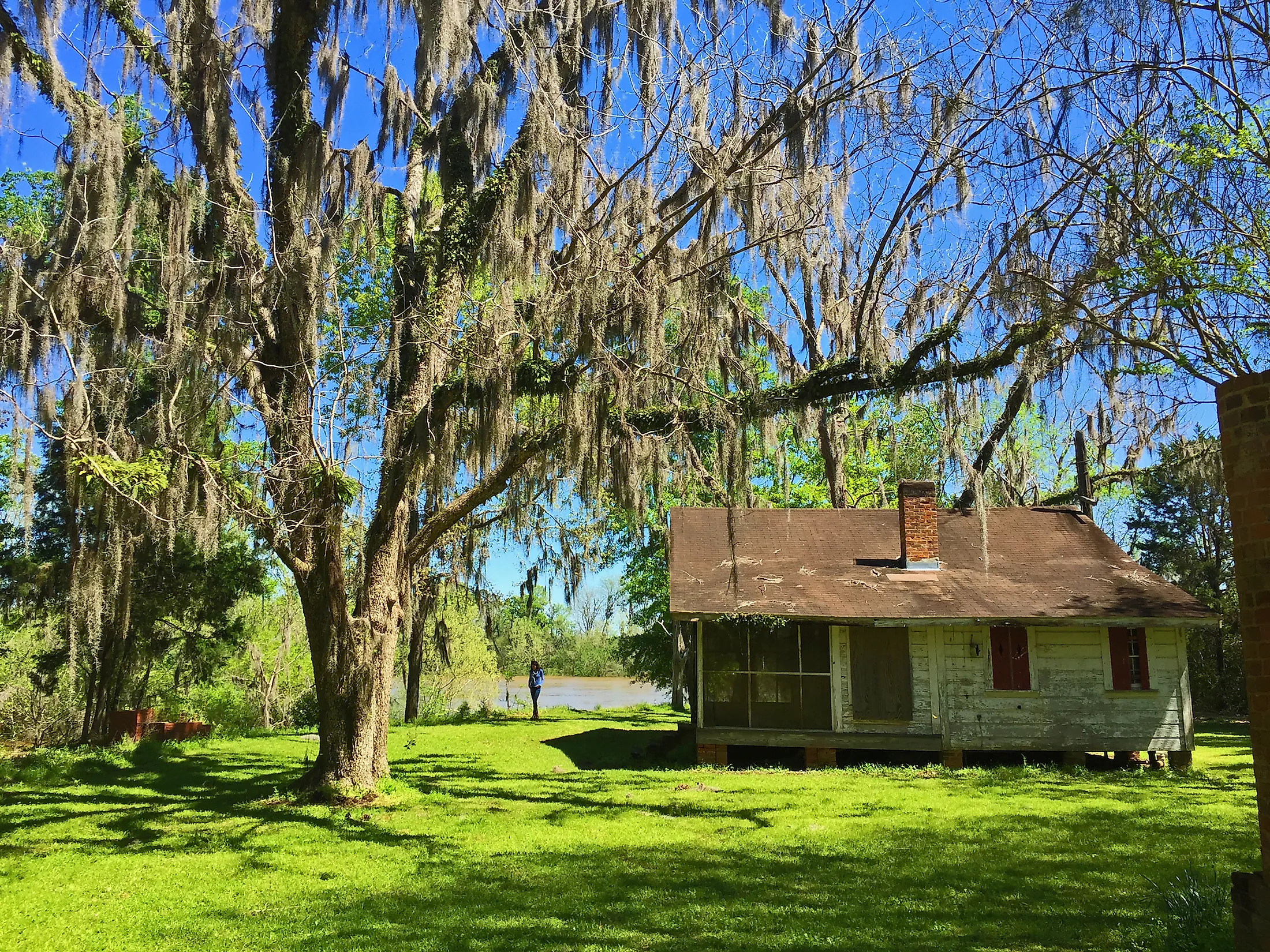
Cahaba, Alabama
In the US state of Alabama, there was once a town called Cahaba (also spelled Cahawba). It was founded in the early 19th century, and was the state capital for a while. But it was a town that did not survive past the 1800s. In fact, it was largely abandoned just seven years after it was founded, and completely abandoned by the beginning of the 20th century. Today, what is left of the town is an archeological park, where its remaining buildings are preserved. The site has earned the nickname, “Alabama’s Most Famous Ghost Town”. Indeed, according to some, the town is haunted by the spirits of people who used to call it home.
Geography
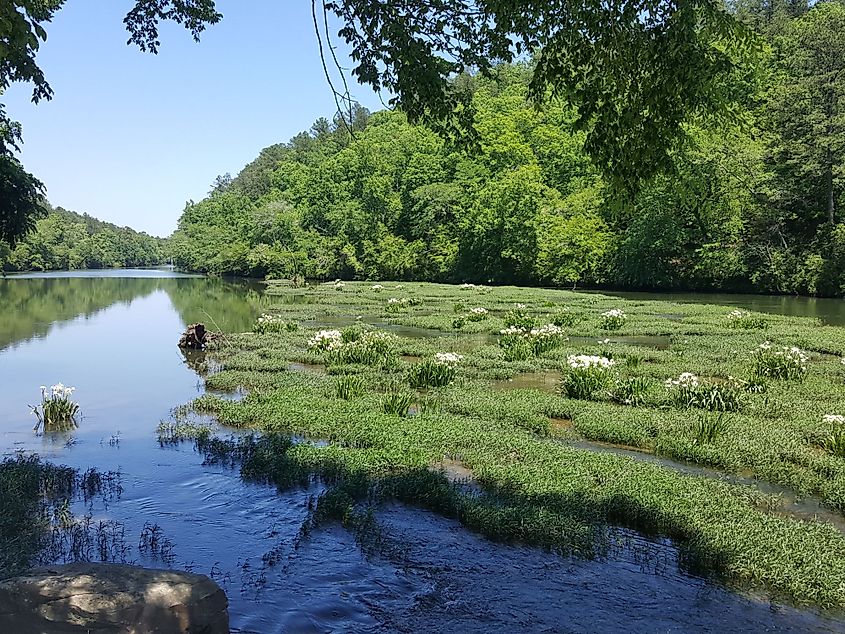
Cahaba is located in central Alabama, at the confluence of the Alabama and Cahaba Rivers. The Cahaba River, which is a major tributary of the Alabama, is the longest free-flowing river in the state, stretching from the Appalachian Plateau to Alabama’s Coastal Plain. The city of Selma is located to Cahaba’s northeast, while Montgomery, the capital of Alabama, is situated further to the east. To the west of Cahaba is the Old Cahaba Prairie Preserve.
Brief History
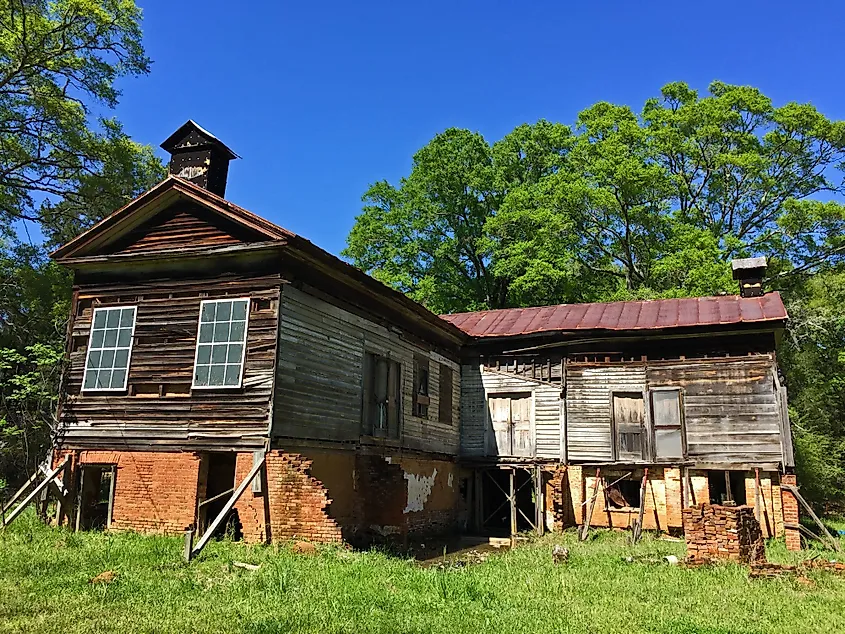
Human settlement in what is now Cahaba began approximately 4,000 years ago, with the arrival of Paleoindians. These Native Americans put down roots in the floodplain forest, which contained abundant natural resources that could support a large population. Between the 11th and 16th centuries, the area was inhabited by Native Americans belonging to the Mississippi cultural group, which includes peoples such as the Cherokee, Choctaw, Creek, and Chickasaw nations. These peoples engaged in intensive agriculture and built large towns in the region. The peoples of the Mississippi culture are probably best known, however, for the mounds that they built throughout modern-day Alabama. In the 15th century, the Native American village built in present-day Cahaba was the northernmost outpost of a society that based its political center at the end of the Alabama River.
In 1540, a Spanish expeditionary force led by conquistador Hernando De Soto arrived in Alabama, where they came upon the Native American village of Mabila, which may or may not have been located in present-day Cahaba, as scholars are still divided on the exact location. Regardless of where it was, however, it would become the location of one of the most significant events in 16th century North America: The Battle of Mabila, which pitted the Native Americans of the area against De Soto and his forces. With superior arms, De Soto’s forces slaughtered the Native Americans, killing 4,000 to 5,000 of them. De Soto’s decisive victory at Mabila and his destruction of several other Native American communities paved the way for permanent European settlement, though this would not happen until the early 18th century, when the French founded the first permanent European settlement in present-day Mobile, Alabama in 1702.
Cahaba was not founded until 1819, following the Creek Indian War. In that same year, Alabama became the 22nd state of the Union, and was in need of a capital. At the time, Cahaba was major cotton distribution center. The conditions in the area were ideal for cotton cultivation, as the future site of Cahaba was located in the Black Belt, named for its black, fertile soil. In addition, Cahaba’s location at the confluence of the Cahaba and Alabama Rivers was extremely beneficial, since cotton growers could send their goods on steamships downriver to Mobile, Alabama, located on the coast of the Gulf of Mexico. From there, the cotton would be exported to other countries. Thus, it made sense to make Cahaba Alabama’s new capital.
The new capital, however, presented two problems: the prevalence of mosquitoes and flooding in the area. The mosquitoes were more than nuisance at that time, as they spread the deadly disease known as yellow fever. In fact, the town of Cahaba endured several yellow fever outbreaks, which, along with flooding, eventually forced the Alabamans to relocate their capital to Tuscaloosa in 1826. Nevertheless, Cahaba remained inhabited, with the cultivation of cotton driving its economy. During the American Civil War, the town served as a prison camp for Confederate forces. It was after the Civil War that Cahaba’s days came to an end. A massive flood in 1865 destroyed the town. Rather than rebuild, many of Cahaba’s inhabitants moved elsewhere, though the town remained inhabited until the turn of the century. In 1870, the town still had 300 inhabitants.
During the period of American history known as the Reconstruction, the town became a focal point for freed slaves seeking political power. In fact, Cahaba came to known as the “Mecca of the Radical Republican Party.” A group of 70 freed slaves built a new agricultural community in the area, turning the old town’s abandoned lots into 2-acre fields. But this revival was short-lived. By 1900, most of Cahaba’s buildings had burned, fallen, or were taken down. The site of the abandoned town was quickly reclaimed by nature. It was not until 1920, when archaeologists pinpointed Cahaba’s ruins that preservation efforts were undertaken. In 1975, the remains of Cahaba were turned over to the Alabama Historical Commission for further preservation of the site. The town was formally unincorporated in 1989.
Attractions at Cahaba
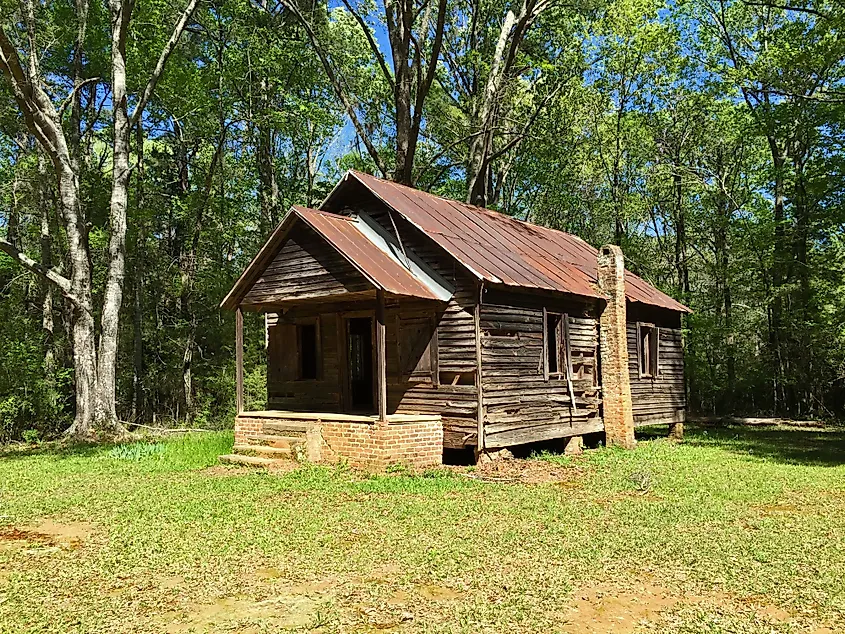
People walking the dirt roads of Old Cahaba will come across numerous historic sites, such as the remnants of Castle Morgan, a fireplace that marks the site of the aforementioned Confederate prison camp. Visitors to the archeological park will also encounter two cemeteries. One is called New Cemetery and the other is the Negro Burial Ground. The latter was established as a cemetery for slaves in 1819, the same year that the town of Cahaba was founded. The markers in the Negro Burial Ground are quite unremarkable. In contrast, the tombstones in the New Cemetery are quite ornate.
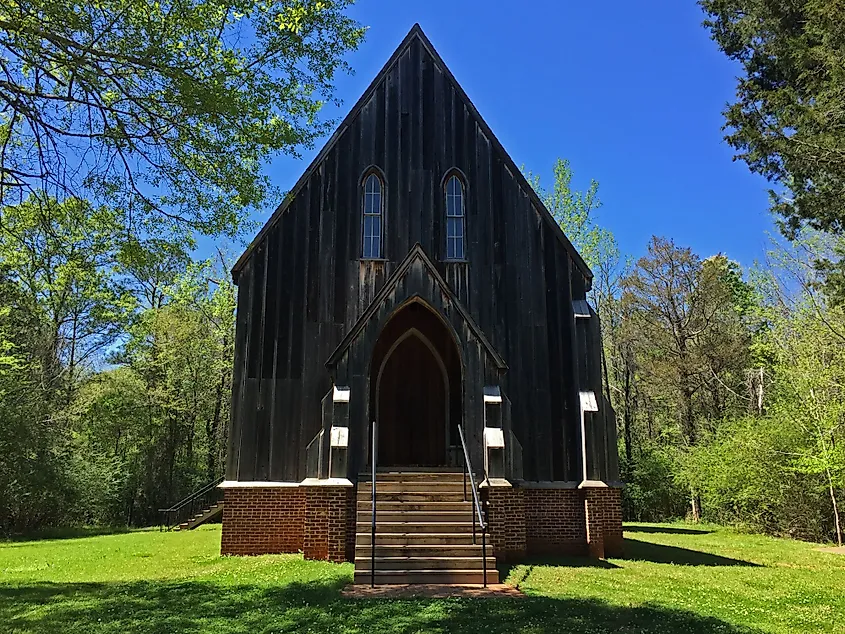
Another landmark in Old Cahaba are the ruins of Crocheron Mansion, which include massive circular brick columns. In 1865, this mansion was used as a meeting place for a Union general and his Confederate counterpart, who were trying to arrange a prisoner exchange. Other landmarks in the abandoned town of Cahaba include its former one-room schoolhouse, a Methodist Church, the Fambro-Arthur House, and the Baker Slave Quarters, located at Kirkpatrick Mansion. Those who visit the Old Cahawba Archeological Park should be advised that it is said to be haunted. Stories of visitors and park officials seeing images of people that used to live in the town have even drawn paranormal investigators to the site.
